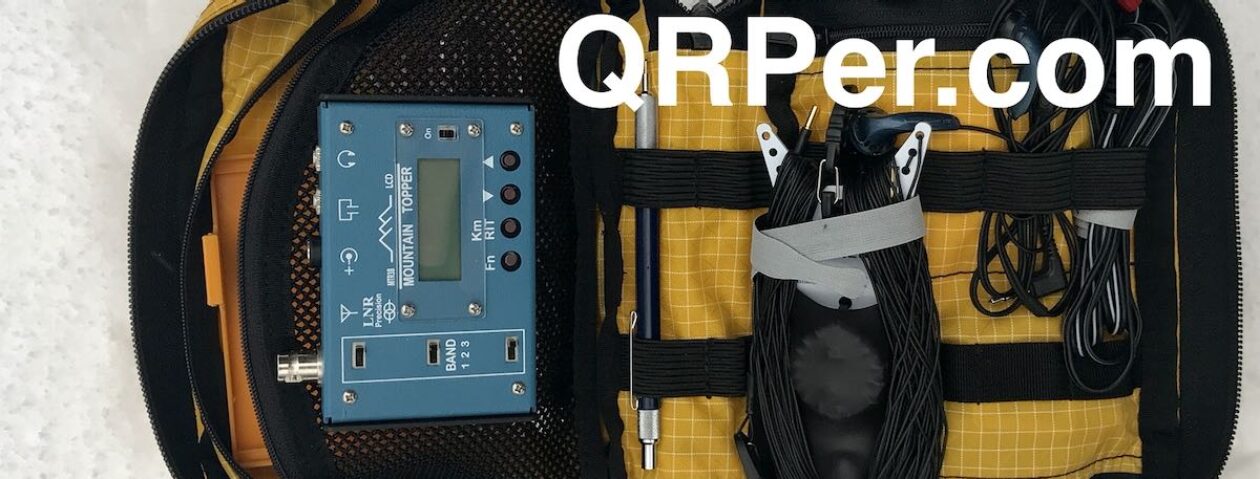During my West Virginia POTA expedition with Eric (WD8RIF), Miles (KD8KNC), and Theo (The “Great Warg”) dog, the last park we hit on Friday, May 20, 2022 was Gauley River National Recreation Area (the first park was New River Gorge and the second was Hawk’s Nest State Park).
Back in the days of National Parks On The Air (2016), I activated this site (the Gauley River, actually) but it was snowing, the winds were howling, and being on a tight schedule, I didn’t hang around to explore the site.
Gauley River National Recreation Area (K-0695)

On Friday, May 20, 2022, the weather was nearly ideal.
Eric, Miles, and I decided to venture down to the river for our activation.
We knew that it would compromise our signals to some degree setting up at the base of the Summersville Dam instead near the top, but how can you pass up scenery like this–?
The banks of the river were very rocky and there wasn’t a lot of space for Eric and I to separate our stations, so we knew our signals might interfere with each other.

Eric set up his trusty 31′ Jackite pole which supports a 28.5 vertical wire–the entire setup is attached to his folding chair. FYI: Eric tells me he’ll do a little write-up here on QRPer.com detailing his antenna setup in the near future.
You can barely see it in the photo above, but I deployed my Tufteln Random Wire antenna which I have configured with a 31′ radiator and one 17′ counterpoise. Continue reading Pairing the Elecraft KX2 and Tufteln Random Wire at Gauley River National Recreation Area

































